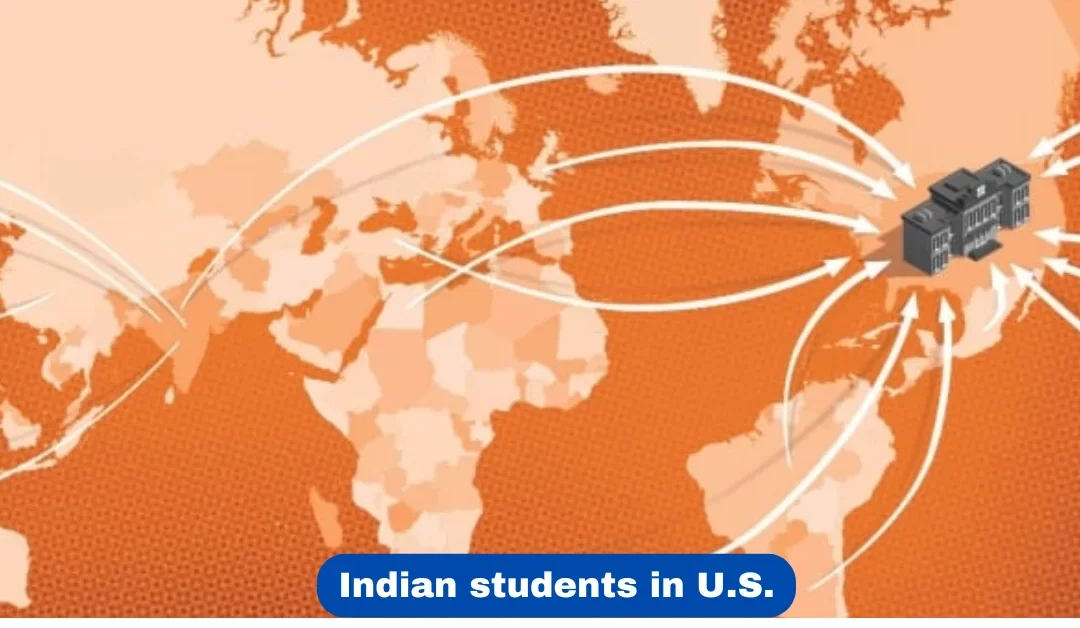In the 2023-24 academic year, India surpassed China as the largest source of international students in the U.S., showing a major change in student trends. According to the Institute of International Education’s (IIE) Open Doors report, international student enrollment grew by 6.6%, reaching the highest level since the IIE began keeping track. This milestone was marked by 1,126,690 international students studying in the U.S., which is a big recovery after the pandemic’s impact on global education.
Key Points:
- India Takes the Lead
- For the first time since 2009, India overtook China as the top source of foreign students in the U.S. The number of Indian students increased by 23.3%, now making up nearly 30% of the total international student body. In contrast, student numbers from China fell by 4.3% overall and by 12.8% at the undergraduate level.
- Graduate Students Lead the Growth
- The growth in international enrollment was mainly due to a 7% increase in graduate students. More than 500,000 international graduate students were recorded, a significant jump from 375,000 in 2019. However, undergraduate international student enrollment saw a decline of 1.4%, hitting a five-year low of 342,000.
- Diverse Sources of Students
- Other countries in South Asia and Africa also showed strong growth. For example, enrollment from Ghana rose by 45.2%, and the number of students from Bangladesh, Iran, and Nigeria increased by 26.1%, 15%, and 13.5%, respectively.
- STEM Fields and Top States
- Most international students in the U.S. pursued studies in STEM fields. Popular states for these students included California, New York, and Texas. Texas saw the highest growth with an 11% increase. The top universities for international students included New York University, Northeastern University, and Columbia University.
- Challenges in Visa Processes
- While interest from international students, especially from South Asia and Africa, is strong, challenges remain. Visa denials have increased, with the State Department rejecting 36% of all student visa applications in 2023. Applications from India and Africa faced higher rejection rates compared to those from China or Europe.
Impact on U.S. Universities:
The shift in international student demographics has led to important changes in how U.S. universities approach recruitment. The rise of Indian and African students emphasizes the need for colleges to adapt their strategies. Institutions must be ready for these shifts, focusing more on graduate students and students needing financial aid.
The Future of Enrollment:
Despite the positive trend, there are concerns about the impact of political and visa-related challenges. Proposed policies by previous U.S. administrations on student visas and post-graduation work programs may come into play, potentially affecting future enrollment.
Need for Financial Aid:
Students from the Global South, such as India, Bangladesh, and African nations, often need more financial support compared to those from wealthier countries like China or Japan. While 84% of U.S. institutions have increased funding for recruitment and aid, consistent support is crucial to maintain growth.































